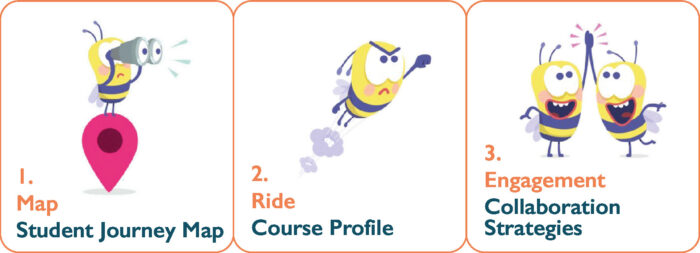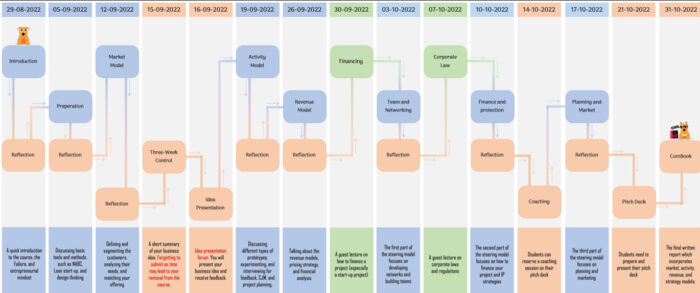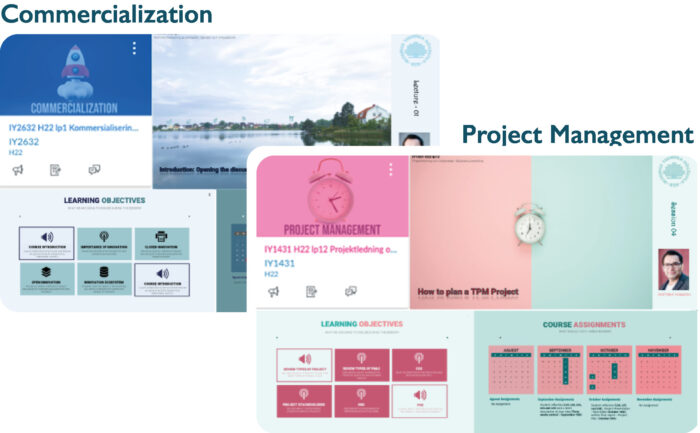A course as a journey
Best Practice 2022
A course as a journey

Mojtaba Hosseini
Presenter: Mojtaba Hosseini
Department of Industrial Economics, TIEK
A course as a journey
This model considers a course as a new journey for students, so teachers should design the journey to be more enjoyable and engaging and help students to reach their destination. Generally, there are three essential issues that should be at the center of attention:

Student Journey Map (SJM)
In marketing, customer journey map – a visual representation that captures customer experience across multiple touchpoints – is used to provide an excellent customer experience. It is designed to provide a holistic view of the customer’s experience with a product or service while also allowing the company to identify pain points. We can apply this technique to visualize the student’s journey. The primary touchpoints for students are all the lectures, seminars, workshops, assignments, and even office meetings that have been planned during a course. It would be great to determine the offers, expectations, and outcomes of each touchpoint. The following is an example of SJM for the commercialization of ideas, products, and services.

Course Profile
Besides the map, a proper course profile should be prepared for students. The main principles of branding and design are helpful here. It should be recognizable, attractive, and comfortable and incorporates all the documents, web pages, assignments, and presentation slides. Harmony, design, visualization, simplicity, and use of multimedia are the cornerstones of a proper course profile.
Below pictures represent the course profile for two different courses:

Collaboration strategies
Fortunately, there are different strategies to encourage collaboration and enhance students engagements. Instructors can choose the most effective of them based on their course objectives, learning outcomes, SJM, and course profile. The followings have worked best for me so far:
- Jigsaw Method: It is a two-step method: Step 1 – dividing students into expert groups for the expert assignment, Step 2 -Assigning experts to research groups (each research group should have all different experts).
- Red-Green-White hats: Red is pessimistic (giving negative feedback), green is optimistic (giving positive feedback), and white is the target person (for example, the customer).
- Role-playing: Students put themselves in the shoes of customers, managers, interviewees, CTOs, and so on.
- Expert Panel: A committee of teachers, assistants, and even external people judge students and provide constructive feedback.
Best Practice poster: A course as a journey